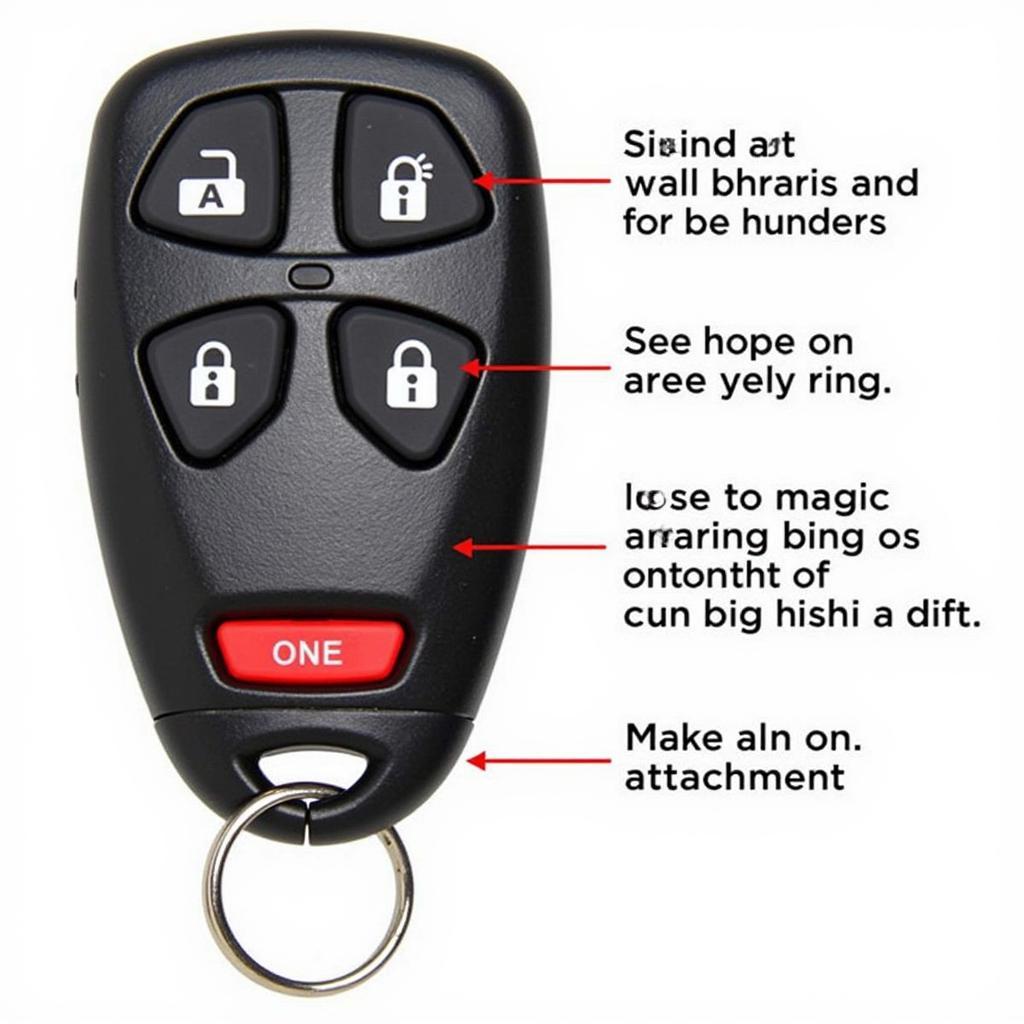A brake pad warning light illuminating on your BMW 320i’s dashboard can be a cause for concern. While it’s easy to feel a sense of urgency, understanding what triggers this warning and the potential implications is crucial. This comprehensive guide is designed to help you navigate the situation, offering practical insights and expert advice on addressing the issue.
Understanding the BMW 320i Brake Pad Warning System
Your BMW 320i is equipped with a sophisticated electronic system that constantly monitors the condition of your brake pads. This system uses sensors to measure the thickness of the brake pads and alert you when they wear down to a critical level.
Why is My BMW 320i Brake Pad Warning Light On?
The most common reason for the brake pad warning light to illuminate is worn-out brake pads. As you use your brakes, the friction material on the pads gradually wears down. When the thickness reaches a certain minimum, the sensor triggers the warning light, indicating it’s time for a replacement.
However, there are other less common culprits that could trigger the warning:
- Faulty Brake Pad Sensor: Like any other electronic component, the brake pad sensor itself can malfunction. A damaged wire or a faulty connection can lead to an inaccurate reading, triggering a false warning.
- Worn Brake Rotors: While less likely to directly activate the warning light, significantly worn brake rotors can impact the pad’s wear pattern and potentially trigger the sensor prematurely.
- Extreme Driving Conditions: Frequent heavy braking, particularly in hilly terrain or aggressive driving styles, can accelerate brake pad wear and lead to an earlier activation of the warning light.
What to Do When the Brake Pad Warning Light Comes On
Ignoring the brake pad warning light can have serious consequences, compromising your safety and potentially leading to costly repairs. Here’s a step-by-step guide on what to do:
- Assess the Situation: If the warning light is on steadily, it’s crucial to schedule an inspection with a qualified mechanic as soon as possible.
- Avoid Heavy Braking: While driving with the warning light on, try to anticipate stops and avoid harsh braking to minimize further wear and tear.
- Inspect Your Brake Pads: If you’re comfortable with basic car maintenance, you can visually check your brake pads for wear. However, keep in mind that this requires a certain level of expertise and may not always be accurate.
- Consult a Qualified Mechanic: The most reliable course of action is to have a professional mechanic diagnose the issue. They have the expertise and tools to accurately assess the condition of your brake system.
The Importance of Timely Brake Pad Replacement
Timely brake pad replacement is essential for maintaining optimal braking performance and ensuring your safety on the road. Here’s why:
- Reduced Stopping Distance: Worn-out brake pads compromise your car’s ability to stop efficiently, increasing the distance required to come to a complete halt.
- Prevent Rotor Damage: Driving with worn pads can cause damage to the brake rotors, leading to costly repairs.
- Avoid Brake Failure: In extreme cases, ignoring the warning light and continuing to drive with severely worn pads can lead to brake failure, putting you and others at risk.
Expert Insights:
“Many car owners underestimate the importance of regular brake system inspections,” says Mark Stevenson, a certified automotive technician with over 20 years of experience. “Brake pads are a wear-and-tear item that needs periodic replacement to ensure optimal braking performance and safety.”
Conclusion
Addressing a BMW 320i brake pad warning light promptly is crucial for maintaining your safety and preventing costly repairs. While the issue could be as simple as worn brake pads, it’s always best to consult a qualified mechanic for an accurate diagnosis and appropriate solutions.

